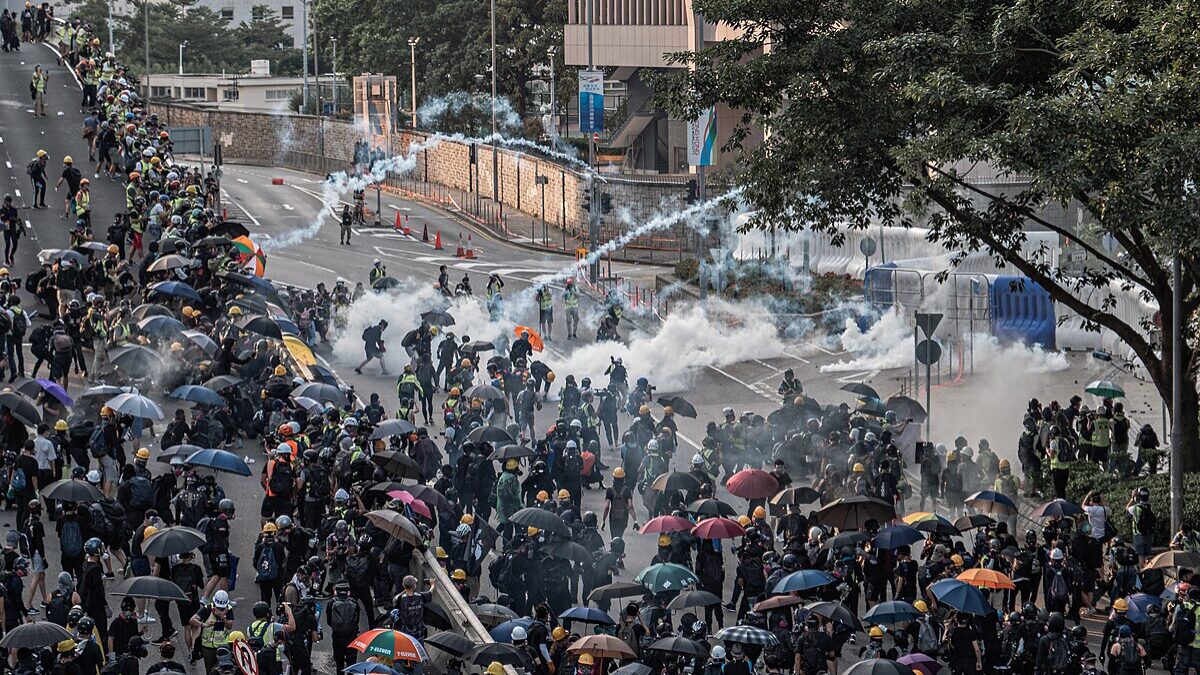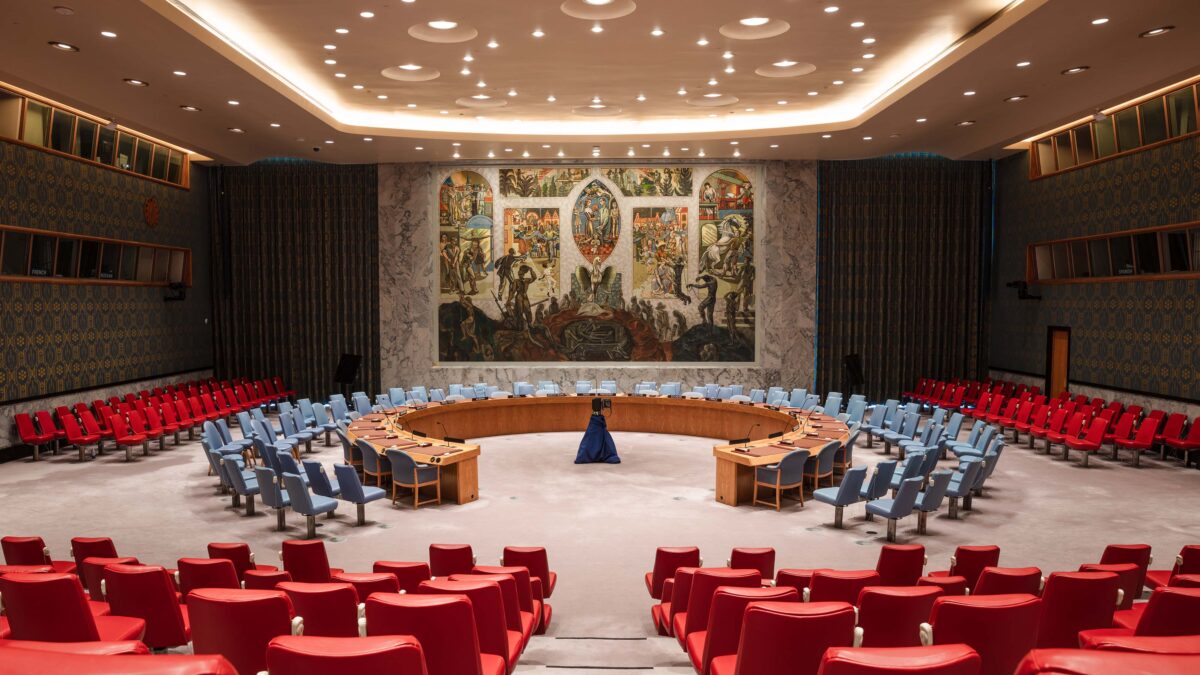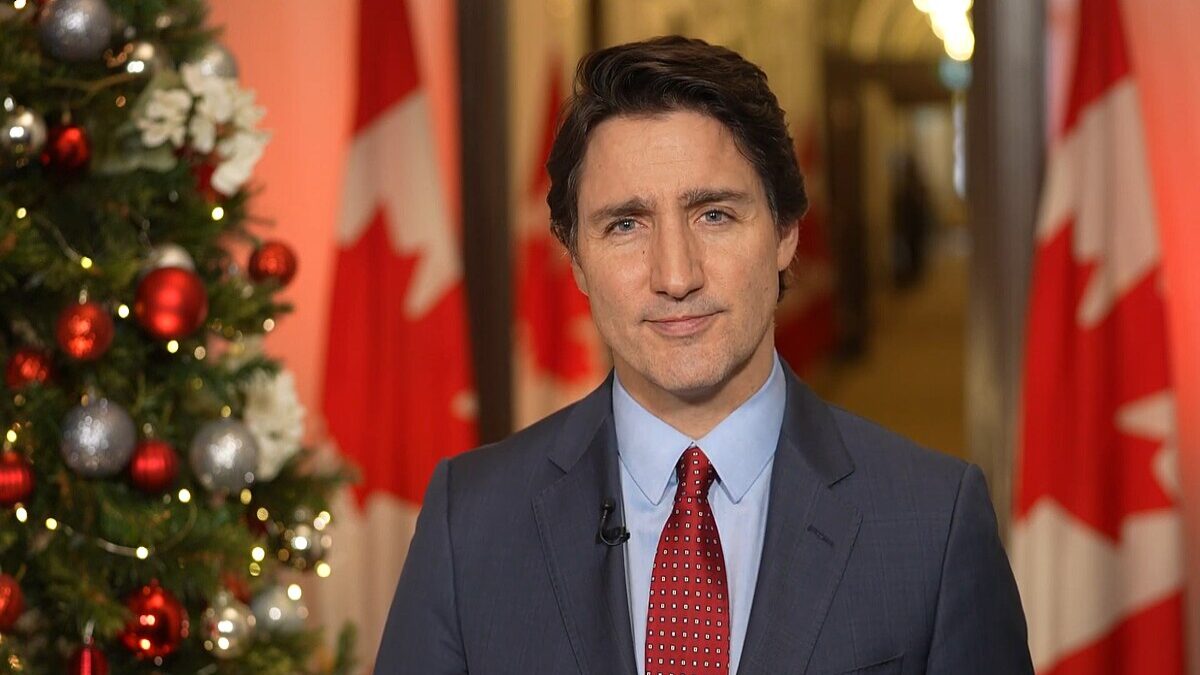The New York Times issued a correction today to fix a demonstrably false editorial that claimed Israeli Prime Minister Benjamin Netanyahu spent “days of near silence” before condemning the murder of Arab teenager Mohammed Abu Khdeir. Netanyahu had, in fact, called the killing an “abominable murder,” and on the day of the killing issued a statement instructing his minister for internal security to investigate the crime. Three Israeli suspects were arrested and have since confessed to the murder.
Even with a correction, the editorial in question was a mess from the top down. The New Republic has a good rundown of other egregious errors and misleading points that won’t be getting much-needed corrections. It’s likely that the editorial page was simply relying on the news side to feed its preconceived biases (though one story had already reported on Netanyahu’s comments), which is a mistake considering the NYT’s reporting exhibits absolutely no journalistic standards when it comes to the topic.
This is nothing new. Let’s momentarily set aside the decades-long institutional bias at the paper and simply focus on factual errors of the past few years: In 2013, the New York Times’ Jerusalem bureau chief Jodi Rudoren offered as fact the canard that Israeli settlements, even ones in Jerusalem, were viewed as “illegal” by the United States. The “illegal” falsehood is repeated endlessly by critics of Israel and is, at the very least, a contestable claim when it comes to international law. What is inarguable, though, is that even when administrations complain about them, the United States takes no formal position on whether these settlement are “illegal,” as the New York Times claimed. The paper appended a correction that, you can assume, almost no one read.
In 2012, the New York Times also incorrectly reported that building of settlements would destroy any hope of peace because it would make the dream of a “contiguous” Arab West Bank an impossibility. This assertion was concocted, or more likely sold to the reporter by Palestinians. The Times issued a tortured and lengthy correction that, when decoded, basically left the whole dramatic piece toothless.
But even that small level accountability is rare. Also, in 2013, Rudoren wrote a piece claiming that “Israel’s separation barrier” had caused contact “between the two peoples” to have “dwindled.” The problem with that claim is that at the time the number of work permits allowing Palestinians to come to Israel had been rising steadily and by the end of 2013 they were at their highest level since the start of the second intifada in 2000. Not to mention, that the piece failed to take into account the health care Israelis provide Palestinians. The only place contact has dwindled was in the West Bank. No correction.
Editorial section corrections are particularly rare. In 2013, Thomas Friedman wrote that “One should never forget just how crazy some of Israel’s Jewish settlers are. They assassinated Prime Minister Yitzhak Rabin when he tried to cede part of the West Bank for peace.” Problem is, that the nutcase Yigal Amir wasn’t a settler—unless, that is, Friedman considers buildings on Israel’s side of the 1967 line settlements. No correction. In another 2013 piece, contributor Ali Jarbawi (“The man who made peace impossible“) claimed that Israel controls the border between Gaza and Egypt (this falsehood went uncorrected) and he also repeated the anti-Israel myth that Ariel Sharon had ignited the second intifada by entering the El-Aqsa Mosque, when in fact he had only gone to Temple Mount (this was corrected).
The New York Times makes so many “mistakes” on the topic of Israel—not merely innocent or inconsequential mistakes, but errors that undermine the entire thrust of numerous hit pieces—that it never hurts to be reminded it can’t be trusted at all.
Follow David Harsanyi on Twitter.









